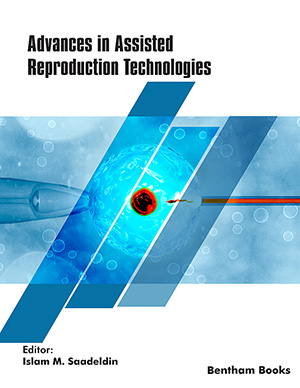Abstract
Background: Enzymes are biological macromolecules which can act as catalysts and help complex biochemical reactions. They can increase the rate of a reaction by reducing its activation energy. Different enzymes can catalyze different chemical reactions.
Objective: With the appearance of vast human protein data, correctly identifying the human enzymes class is extremely important to understand their functions. However, no computational method was developed to predict enzyme functional classes in human. We aimed to develop a computational method to discriminate human enzymes from non-enzymes and further predict the classes of human enzymes.
Method: In this paper, the pseudo amino acid composition was proposed to formulate proteins by incorporating rigidity, flexibility and irreplaceability of amino acids. The feature selection technique was used to optimize the feature set. We proposed SVM to perform prediction.
Results: The results of five-fold cross-validation test show that the overall accuracies are 72.6% and 46.1%, respectively for discriminating human enzymes from non-enzymes and predicting six classes of human enzymes.
Conclusion: The work in this study provides an efficient method on this issue. Especially, three kinds of new characteristics were introduced to incorporate into PseAAC. The results indicate that the three characteristics of amino acids can be used in human enzyme prediction.
Keywords: Human enzyme, pseudo amino acid composition, rigidity, flexibility, irreplaceability.


























